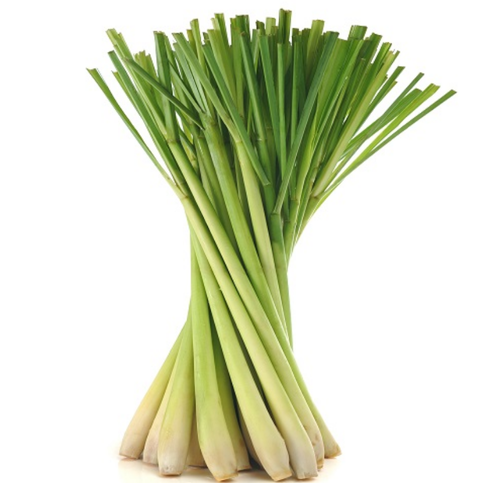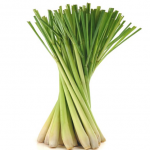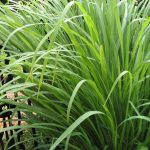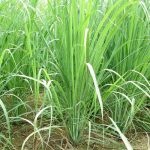Cymbopogon citratus – Asian Lemon Grass seed x30
$3.50
Evergreen Cooking Flavouring Folk Medicinal
23 in stock
Lemon GrassCymbopogon citratus(This plant is NOT on the Australian Noxious Weed List) Lemon Grass is native to India and South East Asia and can be grown in tropical, subtropical and warm temperate climates. It is used in Asian cooking to impart a subtle lemon flavour in teas, soups and curries and other Asian dishes. Extensively used in Ayurvedic medicine as a tea to relieve coughs, colds and nasal congestion, its essential oils are also used as a pesticide, fungicide, preservative and in perfumes.In Asia, Lemon Grass is mostly used freshly harvested with the outer leaf sheaths removed to expose the soft white basal portion of the plant (see photo). It can also be used in a dried and powdered form much the same as the freshly harvested form and is the most used of the Lemon Grass ‘species’.Oddly, despite the essential oil being used as an insect repellent, it is commonly used as a ‘lure’ to attract honey bee swarms or to draw their attention to a crop that requires pollinating. The oil acts as an attractant pheromone similar to that produced by bees in their glands.Lemon Grass may be grown in pots or in the vegetable or ornamental garden. However, it can grow up to 2 metres high in ideal conditions but its growth can be restricted by pot culture or continuous harvesting. It prefers a full sun position to partial shade, will tolerate some drought causing the plant to look ‘off’ but it will not accept frost in which case it should be grown in pots and moved to a sheltered position in winter.Offered is a packet of 30 seeds and Grownotes to assist you in propagation.
|
Item specifics
|
*ALL PICTURES SHOWN ARE FOR ILLUSTRATION PURPOSES ONLY
You must be logged in to post a review.
Related products
Drought/Frost/
Clumping Ornamental Striking Plant Full Sun Evergreen Ornamental
Hardy Clumping Plant – Salt Heat & Drought Tolerant
Very Hardy, Salt Tolerant Ornamental
Tough Tolerant Clumping Perennial

















Reviews
There are no reviews yet.